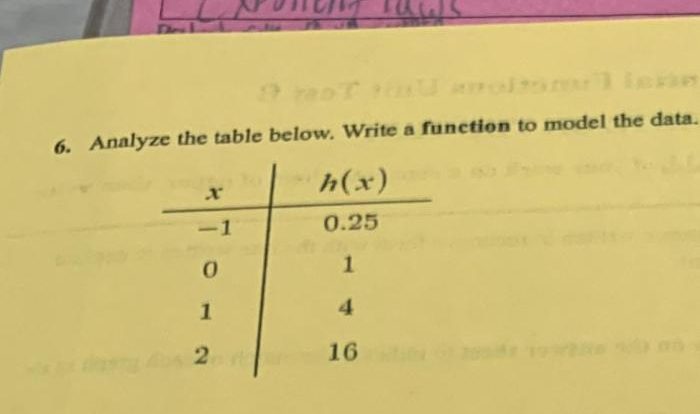Suppose that in a random selection of 100 colored candies, what statistical insights can be revealed? This question opens the door to an intriguing exploration of probability, color theory, and experimental design. By delving into the distribution and patterns of colors within a sample of candies, we can uncover valuable information about the underlying selection process and its implications for various fields.
The analysis of candy colors provides a unique opportunity to demonstrate fundamental statistical principles and their practical applications. Through this study, we will not only gain insights into the specific sample but also explore broader concepts related to sampling techniques, color perception, and decision-making.
Statistical Analysis of Candy Colors

The statistical analysis of randomly selecting 100 colored candies provides insights into the distribution and patterns of colors within the sample. By examining the frequency of each color observed, we can calculate the probability of selecting a specific color and assess the randomness of the selection process.
Color Distribution and Patterns, Suppose that in a random selection of 100 colored candies
The distribution of colors within the sample may reveal patterns or trends that can inform our understanding of the underlying selection process. For example, if certain colors are over- or underrepresented, this could suggest that the selection was not entirely random or that there were external factors influencing the color distribution.
Color Theory and Perception
The principles of color theory can be applied to the sample of candies to analyze how the perception of color influences the selection process. Different color combinations can evoke different emotions or associations, and understanding these principles can provide insights into why certain colors may have been selected more frequently than others.
Experimental Design and Sampling
To test the randomness of the candy selection process, an experiment can be designed that involves multiple random selections of 100 candies. The consistency of the color distribution across multiple samples can provide evidence for or against the randomness of the selection process.
Applications and Implications
The findings from the analysis of randomly selected colored candies have practical applications in various fields. In marketing, understanding color preferences can inform product design and packaging. In design, color theory can be used to create visually appealing and emotionally resonant experiences.
In education, the study of color perception can contribute to understanding how children learn and process information.
Quick FAQs: Suppose That In A Random Selection Of 100 Colored Candies
What is the significance of randomly selecting 100 candies?
Random selection ensures that each candy has an equal chance of being chosen, eliminating bias and providing a representative sample for analysis.
How can color combinations evoke different emotions or associations?
Color theory suggests that certain color combinations can trigger specific emotional responses or evoke cultural associations, influencing our perceptions and preferences.
What are potential limitations or biases in the study?
Limitations may include the sample size, the specific candy brand or type used, and potential observer bias in color perception. Further research can address these limitations and expand the scope of the analysis.


